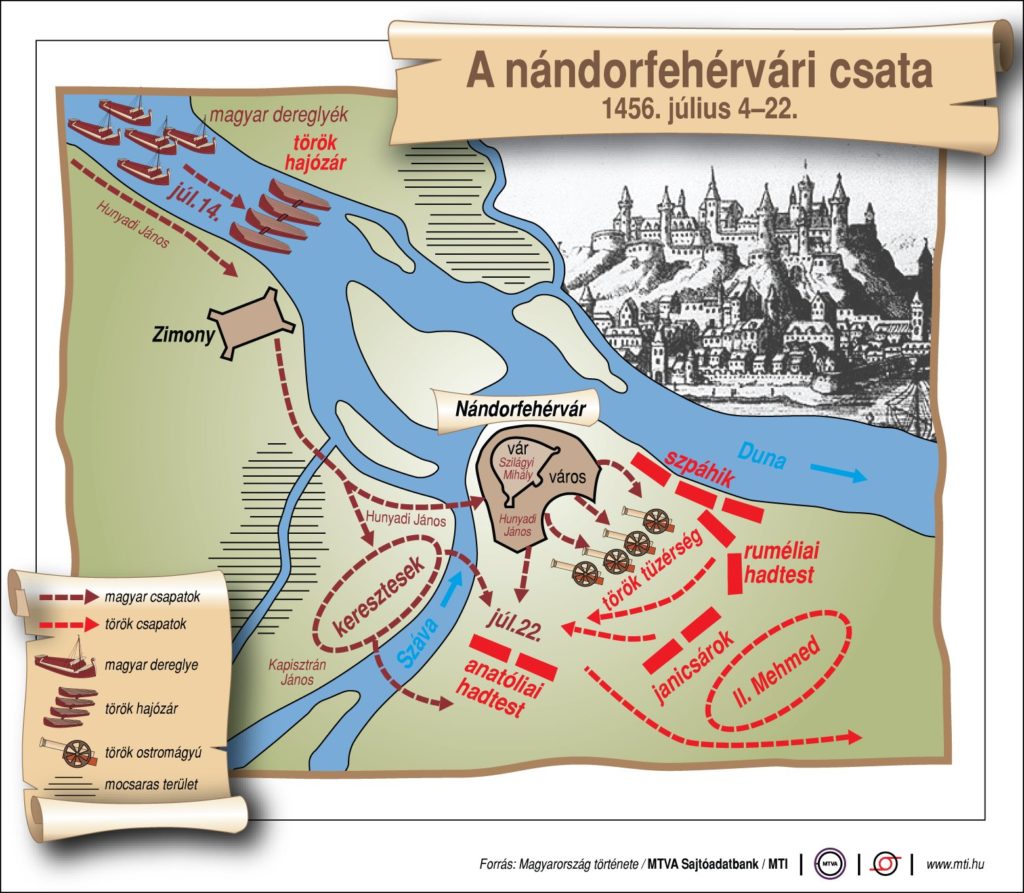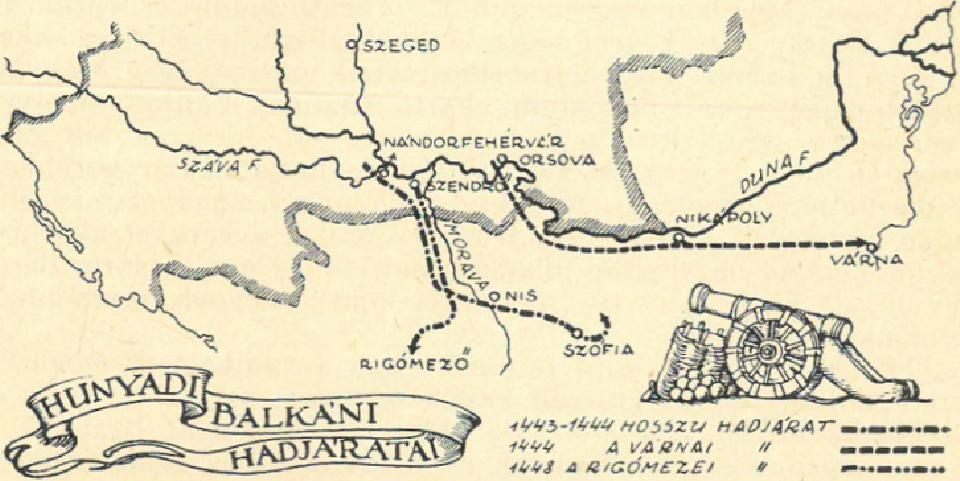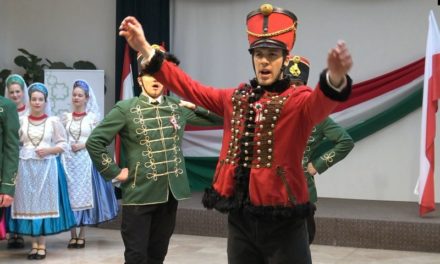As is known, between July 4 and 21, 1456, the Christians successfully defended Nándorfehérvár II. Against the troops of Sultan Mehmed the Conqueror, who had taken Constantinople, the capital of the Byzantine Empire, three years earlier.
And on July 22, in the battle that took place next to the castle, the people of the castle led by János Hunyadi and the crusaders led by János Kapistzrán defeated the Ottoman troops. Hunyadi died on August 11 and Kapistrán on October 23 in the plague that followed the victory.
Therefore, the triumph of 1456 has a prominent role in the national memory. This is partly due to high school textbooks, which not only reflect the scientific results of a given era or the personality of the textbook writer, but also shape public consciousness.
Péter Illik, a staff member of the Historical Research Center of the Hungarian Research Institute, examined the role of this event in textbooks in a paper accepted by the Hungarian Nation. We quote from this below.
"The earliest textbooks I examined, from 1811, write about the victory in Nándorfehérvár, although the battle itself is not detailed. Already in 1837, Schirkhuber Móricz included the story of Titusz Dugovits when mentioning the siege. István Batizfalvi's 1863 book is the first to write really long and in detail, not only about the antecedents and consequences of the victory, but also about the course of the siege and the battle. These textbooks write about János Hunyadi in the tone of the greatest appreciation, for example: "[…] so sharp-sighted, straight-sighted in [matters related to] governance, resourceful, forward-looking, self-restrained in the council room, like a brave soldier, an unparalleled commander in the 'on the battlefield, great - even in his losses [...] his gracious, God-fearing, [...] irreproachable life' in all order [...]."
The Dualism textbooks are diverse, but they have in common that they describe János Hunyadi's activities in a rich, albeit shorter format than previous textbooks. The story of Titusz Dugovits and the interweaving of the southern bell ringing with the Nándorfehérvár triumph stand out in them.
In the textbooks of the Horthy era, the national-hero-protective-shield narrative is fulfilled in the description of János Hunyadi's activities. In Pál Madai's textbook (1926), Hunyadi was sent by divine providence to lead the nation. In István Ember's volume, "This is when our country became the protective shield of Europe, and János Hunyadi became its greatest hero."
The socialist period eliminated the narrative of the Horthy era, although it did not deny the results of Hunyadi's anti-Turkish struggles.
At the same time, the slogans of hero, Christian, protective shield have almost disappeared. Two main dilemmas arose for them, one of which is clearly visible in a textbook critique from 1953: "Despite the expansions and corrections, our latest history textbooks still need improvement on many important points.
One of the most prominent errors in general high school and vocational school textbooks is related to the presentation of the historical role of personality.
Walter Mária's textbook was published for the first time in 1984, thus it is a product of the socialist era, but it was also popular and widespread in Hungarian secondary schools even after the regime change. He devotes a one-page section to the presentation of János Hunyadi's career, and his summary is essentially the same as Kosáry's assessment, which is typical of the socialist era: "he spent all his resources on repelling the Turks".
Dugovits describes the story of Titusz in connection with the victory in Nándorfehérvár, but at the same time he represents the latest mainstream historian's point of view about the southern bell: III. Pope Callixtus ordered the ringing of the bell before the battle (anticipating defeat), but by the time the bull arrived, news of the victory had spread, so the two became intertwined.
Mária Walter's book is important because, free of socialist phraseology, but essentially a narrative characteristic of socialist textbooks, it was transferred to the public thinking of the 1990s. Here, heroism and national-Christian unity are essentially absent.













